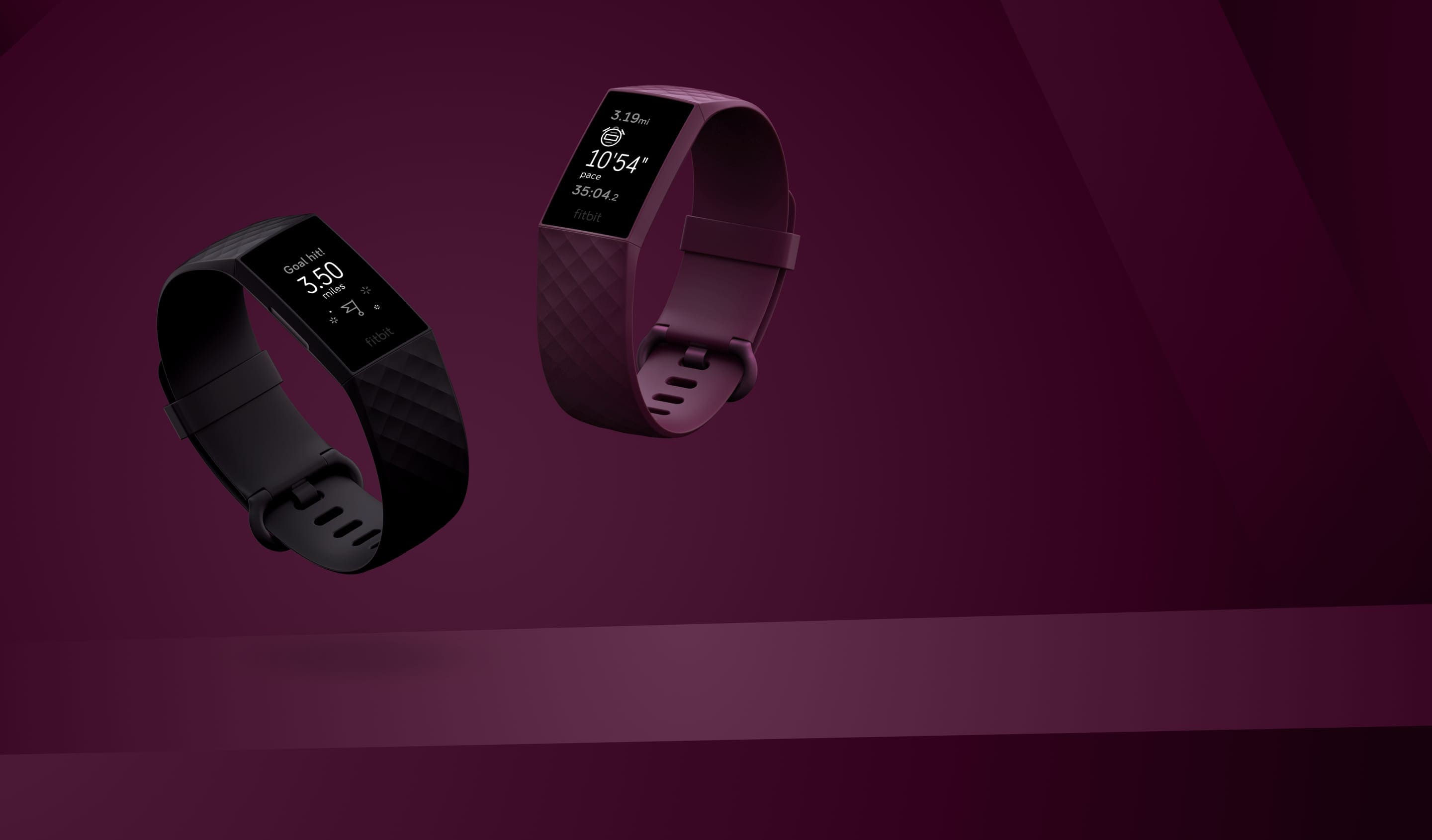Two-factor authentication (also known as 2FA) is a new security feature offered by Fitbit that enables users to add an additional layer of protection to their accounts. Everything that you need to know is included below.
What exactly is the second factor of authentication (also known as 2FA)?
Two-factor authentication, sometimes known as 2FA, can be abbreviated. Dual-factor authentication is another term that may be used to refer to this practice.
The answer can be found in the name. Two-factor authentication (2FA) enables you to add an extra layer of protection for critical data. Even though logging in will require an additional step, you may do so with the assurance that all of your information will be secure.
A piece of software developed by a third party, a text message delivered to your mobile device, or something comparable could constitute the second layer of security. This will display a code for authentication that is created randomly and refreshed continuously throughout the process. The combination of that code and your password makes it significantly more difficult for an unauthorized individual to access your data. They may be able to guess your password correctly, but they will not be aware of the login code.
It is possible that using passwords is safe, and to some extent, this is correct. However, such information can be stolen, particularly if you repeatedly use the same password on other websites. In addition, there are tools known as keyloggers and other types of malicious software that can infect your computer and record passwords as they are entered.
In today's world, two-factor authentication can be enabled for nearly everything. The vast majority of email clients, as well as banking software and pretty much anything else that deals with personal information, have them.
Additional Reading: What Smartwatches Are Compatible With Motorola Smartphones?
Why would I need two-factor authentication on my Fitbit?
The 2FA security measure will not protect the smartwatch or fitness tracker on your wrist. It is intended to be used whenever you enter into your internet account and, more specifically, for the mobile app on your smartphone. However, why would you want something like this?
There have been documented cases of user profiles on Fitbit accounts being stolen. Because of this, the company advised its customers approximately two years ago to think about changing their passwords to something safer and more distinctive.
Your Fitbit account stores some confidential information. Fitbit Pay requires a connection to a credit card or other payment provider in order to function. The firm claims that it is not feasible for someone to get your credit card information via your Fitbit account. However, the company has witnessed cases of attackers utilizing account details to receive a replacement device (per their warranty) and then sell the item.
In addition, if you utilize GPS for tracking, not only may someone learn your name, but they could also potentially figure out your street address; this creates the possibility of identity theft. A potential burglar could use the information to figure out when you are not at home and steal from you. There have been many posts on Reddit about Fitbit accounts that have been hacked.
These days, user data fetches a good price. Businesses will shell out money for information of this nature.
Never make the assumption that your information is secure simply because you have a password for it. Because of this, implementing two-factor authentication is a smart move.
How to use two-factor authentication to safeguard your Fitbit account
Around the same amount of time has passed since 2FA was added to the Fitbit ideas page. Late in the prior month, the functionality was at last made available.
Here is a list of what you need to do to turn on two-factor authentication:
Launch the Fitbit app on your mobile device, then select the Today tab.
To view your profile, click on your photo.
Select Account Settings/Two-Factor Authentication from the drop-down menu.
To activate Two-Factor Authentication, select the corresponding menu option.
To enter your phone number, follow the on-screen instructions. An SMS message including a verification code will be sent to your phone. There is only room for one Fitbit account per phone number that can be linked.
Wherever you are required to do so within the program, enter the verification code and select the Confirm button.
After that, you'll be prompted to enter the password for your Fitbit account. Enter it here, then hit the submit button.
Your recovery code will be displayed on the screen. Put it away in a safe place because having it will allow you to avoid the SMS message. It might come in handy in the future, such as in the event that you misplace your phone or need to change the number associated with it.
When you are done, press the Done button.
You will receive a one-time verification code through text message anytime you log into your account from this point forward. The information is required in order to access the mobile app on the smartphone. Your account will be disabled for the next day if you repeatedly enter the incorrect code.
Two-factor authentication can be disabled via the mobile app on your smartphone. You are also able to modify the phone number that is associated with the account using this method.
Two-factor authentication (2FA) has been in need of implementation for a very long time, so it is really encouraging to see Fitbit finally take the initiative to do so. A text message serves as an effective additional layer of safety. We are hoping that Fitbit will add support for two-factor authentication (2FA) via third-party authenticator apps. This will make it much easier to use than sending an SMS message would.
Additional Reading: Smartwatch Radiation - Health Risks & Protection Tips
Final word
Even if you have a two-factor authentication (2FA) set, it is always a good idea to change your password regularly. You can find out if there has been a password leak online by using a monitoring service like haveibeenpwned.com.Passwords can be compromised in this way. Make sure that you use anti-virus software to protect your computer from malicious software so that it stays clean.
If you discover that someone else has access to your account, you should immediately change the password for that account. Please get in touch with Fitbit Support if you are unable to log into your account.
Veronica is a culture reporter at Collaborative Research Group, where she writes about food, fitness, weird stuff on the internet, and, well, just about anything else. She has also covered technology news and has a penchant for smartphone stories. .
Leave a reply
Your email address will not be published. Required fields are marked *Recent post

What is the Difference Between Garmin Connect Vs Strava?



